Introduction
Blue oval logo and the first thing that comes to our mind is the company that put the world on wheels for more than a century. Yes! It’s none other than Ford. This company has had a long history of progress from moving assembly lines to aluminium truck bodies. Here’s how Ford became a company that spans the globe.
Henry Ford built his first experimental car in a small wagon shop behind his home in Detroit in 1896. After the inception of the Ford Motor Company, the first Ford car, the original Model A, was assembled in 1903 at the Mack Avenue plant. Its updated version, Model T, was introduced to the public five years later, in 1908.
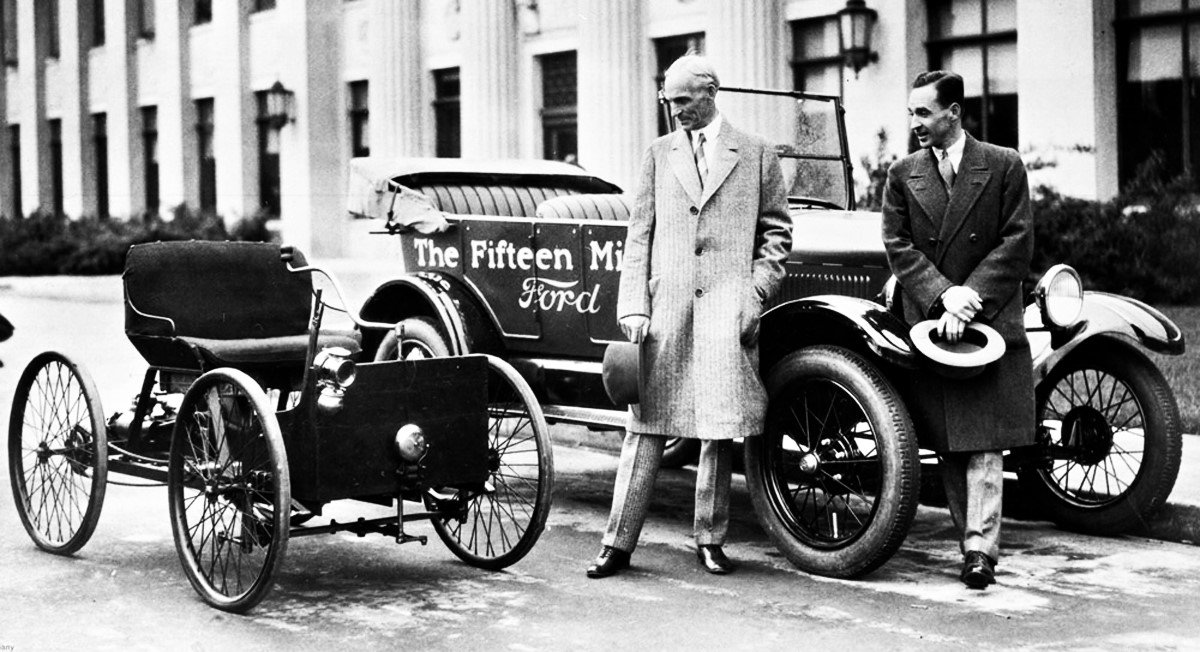
In no time, people realized the car’s novelty and how it facilitated them. The demand for this car was so high that Ford developed new mass production methods to meet the same. In 1911 Henry Ford established the industry’s first U.S. branch assembly plant in Kansas City, Missouri. Thus revolutionizing the industry.
By 1923, more than half of America’s vehicles were made by Ford. Today, as we all know, Ford is one of the leading companies in its industry. What Ford also developed through the years is the identity of being a family company with shared ideals.
However, the longstanding automobile manufacturer has had a fair share of challenges throughout its journey. And it thrived in the challenges with its marketing efforts. Let us look at one of the most talked about challenges of Ford and how it got through with the help of marketing.
Ford's Iconic Fiesta Movement
Generations have made their memories with Ford. Here’s how the company leveraged these memories to become a trailblazer in influencer marketing.
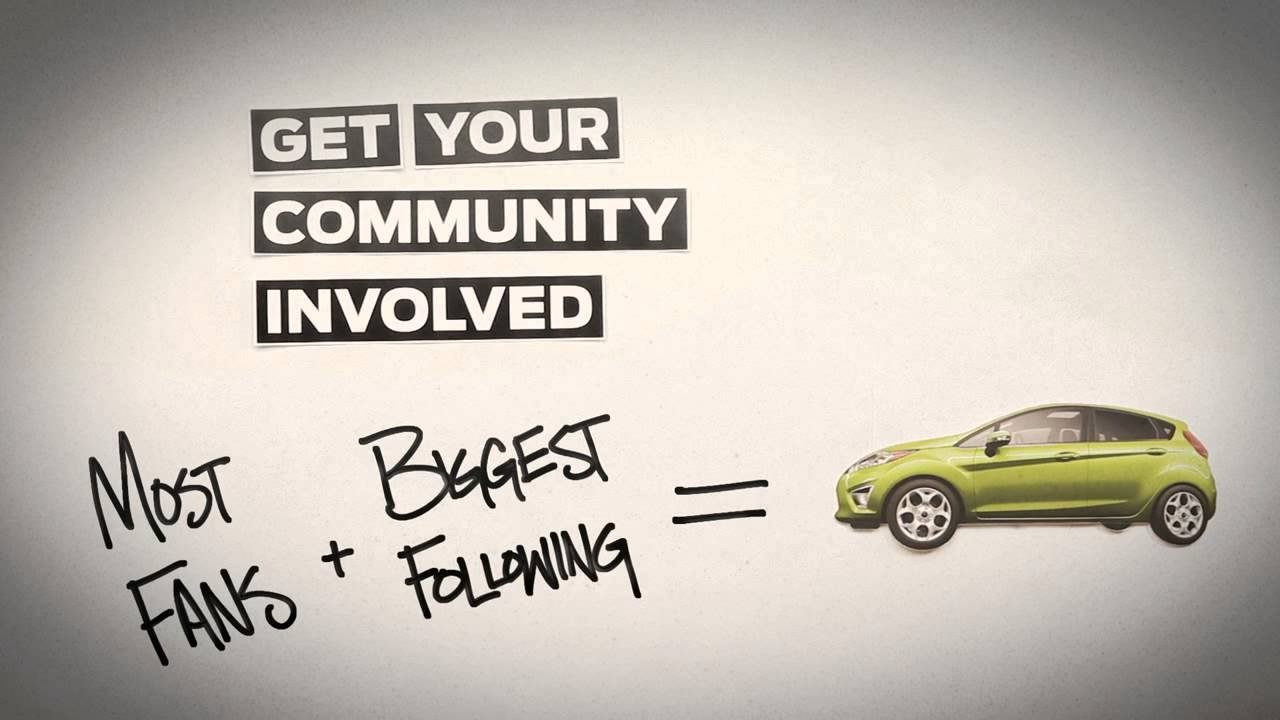
The Motive
Ford discontinued the manufacturing of subcompact cars after Aspire in 1997. The company now wanted to reenter the small car market after 13 years with Ford Fiesta. However, before launching this new model, they wanted to know if the car would be accepted well in the U.S. market.
The company also wanted to show its potential customers the car’s features and how people “just like them” could use the car in their daily lives. Primarily they wanted to reach their target audience, the ‘Millenials’.
Ford wanted to avoid taking the traditional approach towards marketing as its response and results were difficult to measure. They also knew it wasn’t a suitable medium to reach the millennials. They didn’t want to spend a million dollars and just hope that the output would turn out worthy enough.
That’s when the prime mover Scott Monty came up with the idea of leveraging social media. Ford was supposed to launch Fiesta in the U.S. market in almost two years. So given this time frame, Ford handpicked 100 social media influencers and gave them Fiesta for six months with a few tasks. In return, they had to share their experience with the world.
Ford’s Approach and Expectations from the Campaign
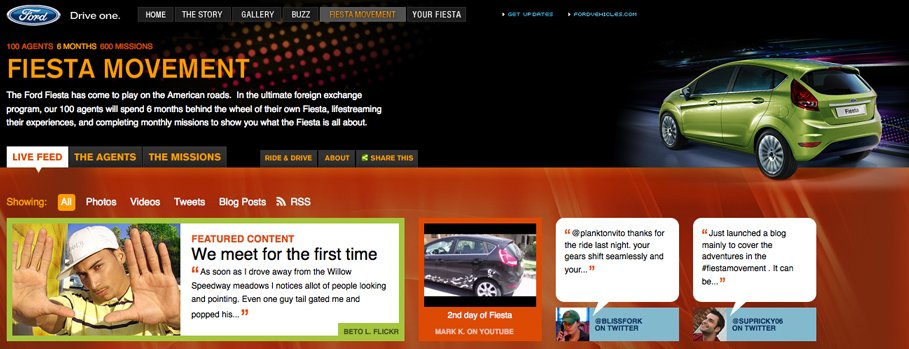
The jist of the Fiesta Movement was to pick storytellers. Ones that had built their community and had a flair for crafting a true narrative. Ford wanted these people to be in situations they didn’t experience or document. It wanted to leverage the eagerness of these creators to create content.
The campaign took place in phases. Where first, around 4100 people were selected for the free drive. Later Ford handpicked 100 who they thought were socially vibrant. Ones who had the potential to tell the story through good networking.
They wanted these people to create content for their own sake, feed their network, and build their profiles. Ford knew that in this process, they would be able to market their car most efficiently and creatively.
What the Influencers Had to Do in the Campaign
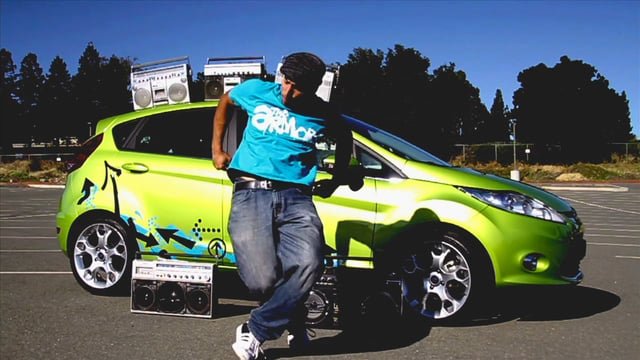
The 100 people who were selected were called “The Agents”. At the start of the movement, each of them was given a mission in exchange for a car. E.g., in “Face Off”, they were asked to find a celebrity look alike and to enact or sing a song. “Entertainment”, “Puppy Ball”, “Show us around”, etc., were the names of more such missions.

The agents had to create a video on every theme and write content in order to build the fiesta content. One major benefit of this campaign was that the brand knew there could be a scope of negative feedback, which they could address before the launch. The agents were asked to share the unedited and exact experience of the product.
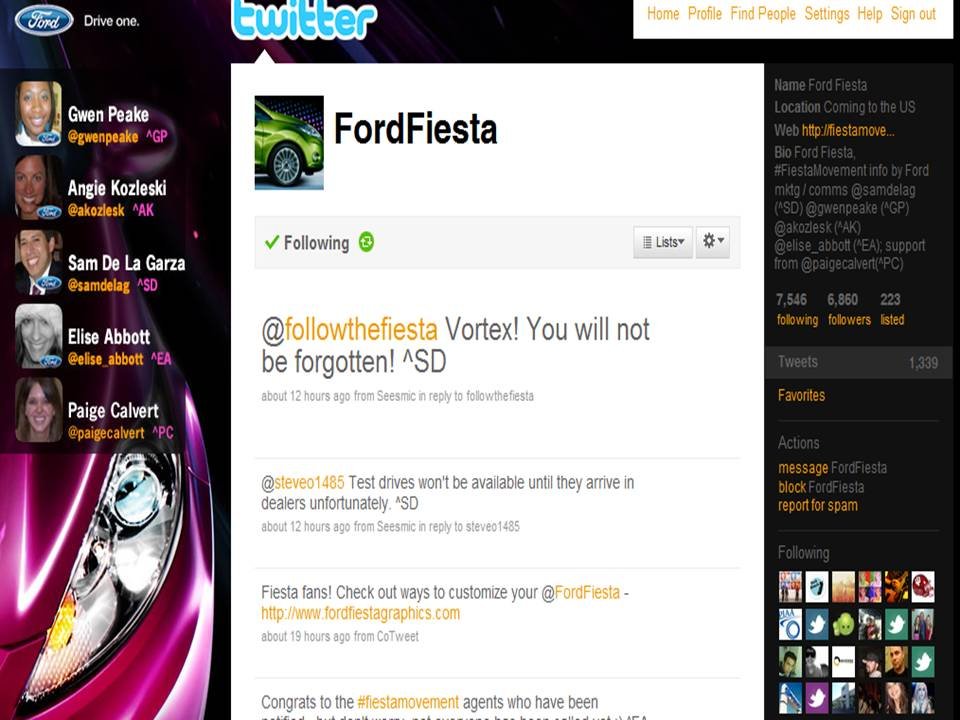
The Result
The fact that social media was in its initial stage and was yet to come to its full glory made Fiesta Movement look like a marketing gimmick to conventional marketers. However, the results of the campaign spoke for themselves.
The Fiesta movement turned out to be one of the most successful marketing campaigns that Ford ever executed. In terms of visibility, Ford got 6.2 million youtube views, 40 million Twitter impressions, and 750000 flicker views.
In sales, they got 50,000 potential customers, 6000 of which pre-ordered the Fiesta. And the most interesting fact was that 97% of the 50,000 potential customers were first-time Ford buyers. The best part was that unlike any traditional mode of marketing, Ford could look at the details of the campaign and draw a correlation between the campaign and its outcome.
The Takeaways
Leverage the experience of your followers
A simple contest started by Ford generated a tremendous amount of buzz throughout social media and increased their sales extensively. Hence the biggest takeaway from this case study is to build a great product or service and let your customers use it and share their experiences on social media. As wisely put by Scott Monty, “If you have a great product, don’t be afraid. Let them be your voice.”
Understand your customers and have a social media dialogue.
Refrain from using social media channels just to launch new products or services. Instead, to increase customer loyalty, engage with your customers and understand what interests them and how they interact on social media.
Reward your fans
The core of the Ford Fiesta campaign was to allow the brand’s fans and followers to experience the product and reward them for it. You can do that for your brand as well. Rewarding your fans and followers means celebrating them and helps increase brand loyalty.
Conclusion
Ford’s Fiesta movement was an important moment for marketing as it sought the potential of social media and content. According to Harvard Business Review, it was a campaign that promised to be the most visible, formative social media experiment for the automotive world.
Want to leverage content for the success of your organization? Reach out to us today.


